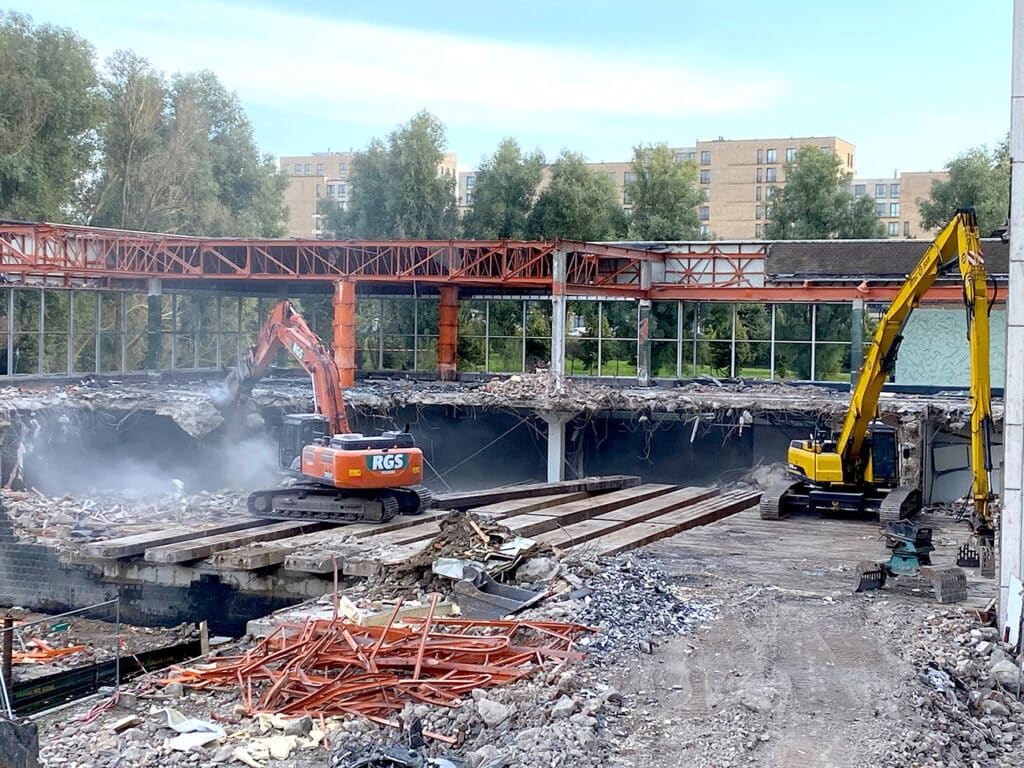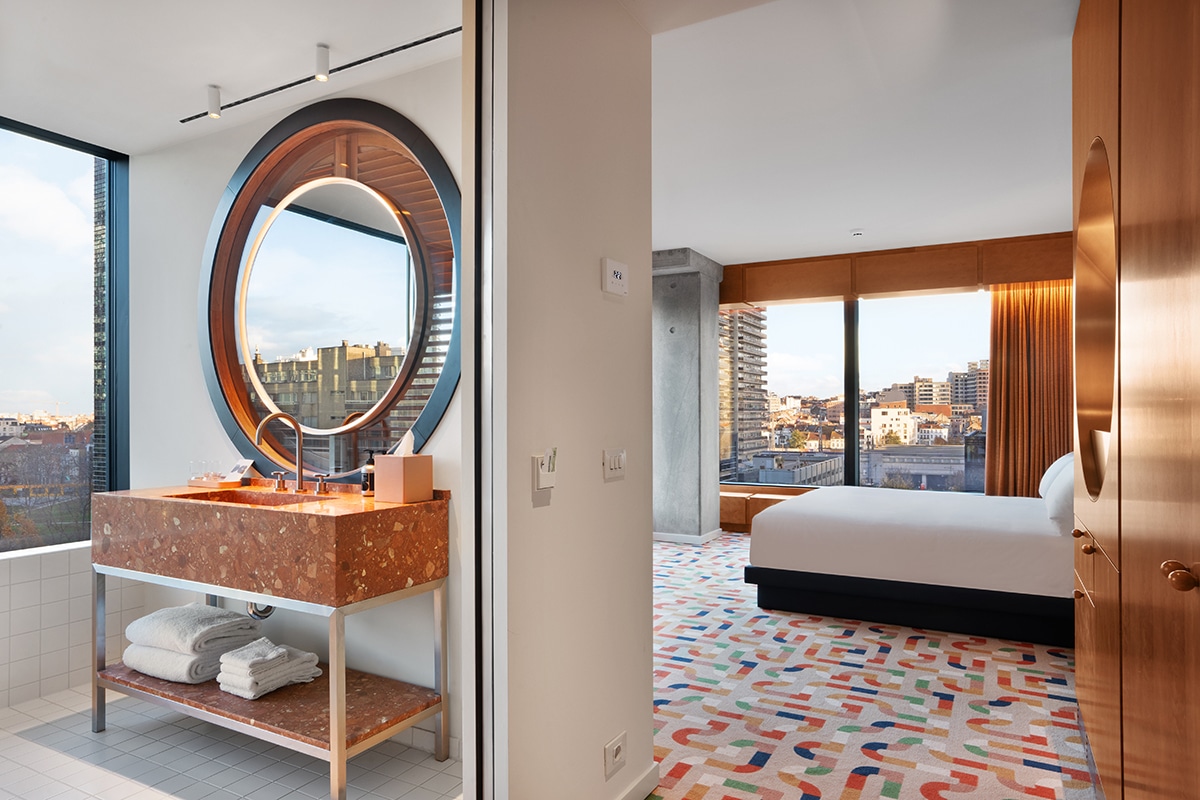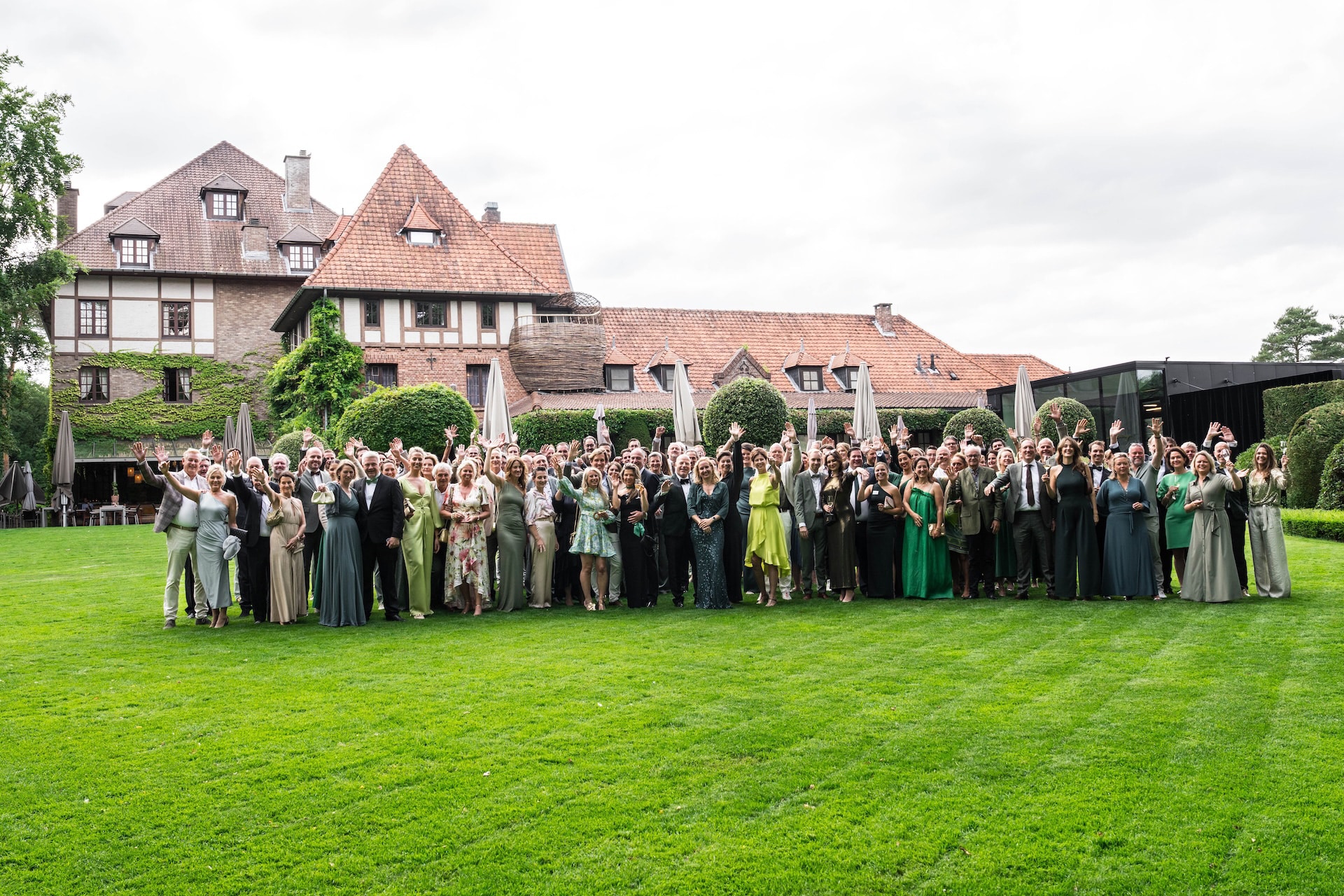
Building and demolition materials are given a sustainable second life
Reshaping today, creating tomorrow. Whether it is demolition, asbestos remediation, recycling, concrete cutting or transport: RGS Group carries out its work with an eye on sustainability and circularity. "By carefully dismantling buildings, we can offer almost all materials for reuse," explains company director Cor van Wijngaarden. "This is how we contribute to the circular economy of today and tomorrow. Following in the footsteps of the MST Hospital in Venlo, the Fontys Hogeschool in Eindhoven, Rodezand in Rotterdam, the Hilton Hotel at Schiphol and the A'DAM Tower in Amsterdam, for example, this is nicely made visible in project Rembrandt Park One in Amsterdam, where we were commissioned by Dura Vermeer Renovatie Midden West to take care of the complete strip demolition and asbestos remediation."

Instead of project-based tenders, Dura Vermeer Renovation Midden West likes to work with partner companies. For the demolition works and asbestos remediation, it is working with three specialists, including RGS Group. "We were involved at a very early stage, to help think about the sustainable redevelopment of the former Ringpark building," says Van Wijngaarden. "The building was completely gutted inside. Only the concrete shell remained standing. All installations, non-stony materials and asbestos in the building were removed by us, which also applies to several terrace elevations around the building. We also demolished the former pavilion at the rear using specialist demolition machinery. RGS Group has all the necessary disciplines for this project and was therefore the partner of choice."
Divided into sections
To make room for the new elevation, RGS Group also removed the concrete roof structure. Quite a challenge, because of the building height. "Demolition by chopping down walls and floors and throwing them down was clearly not an option," says Van Wijngaarden. "Instead, we underpinned the concrete walls and roofs and cut the roof structure into sections. All sections were lifted down from the roof using a large crane, where they were further dismantled for reuse."
Circular repurposing
"In the preparatory phase, we made a thorough inventory of the building," Van Wijngaarden stresses. "Which materials could be repurposed circularly as raw or building materials? Among other things, the masonry rubble and concrete rubble from the concrete roof structure and internal walls were crushed, for repurposing under construction and asphalt roads. Gypsum finishes were separated and delivered to a processor, which turns them into new gypsum products. And all wood, iron, tin and non-ferrous materials have also been given circular repurposing."
Asbestos remediation
What could not be reused circularly were the asbestos-containing materials. "Among others, the sealant around the façade frames, the gaskets of the air treatment system, the spray insulation under the floors and the bitumen in the shafts were removed exactly according to the laws and regulations of the various asbestos risk classes and disposed of in special packaging. Major challenges here were safety and logistics. Together with Dura Vermeer, we continuously searched for the right working method and work sequence, so that everyone could work efficiently and (asbestos) safely."



